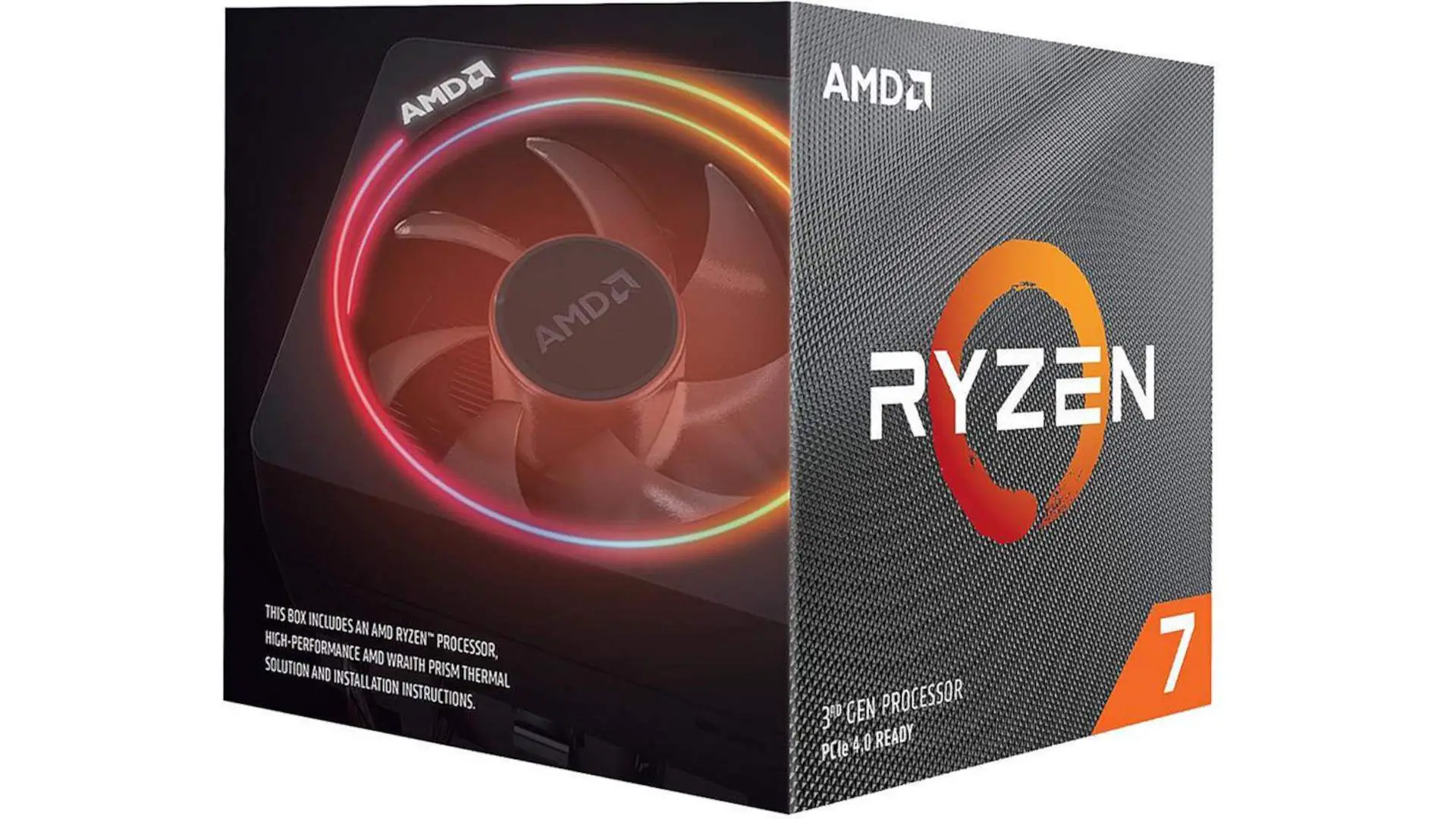The AMD Ryzen 7 3700X is the ideal illustration of what AMD has attempted to deliver for its middle-class customers. In addition to having more power than the chip it is replacing, it also uses less electricity.
Additionally, it delivers a lot of performance for not a lot of money, even though it might not quite equal the capabilities of other AMD Ryzen 3rd Generation processors like the Ryzen 9 3900X. It builds on the 8-core, 16-thread configuration of the Ryzen 7 2700X and is the perfect CPU for many consumers.
In general, the AMD Ryzen 7 3700X has a lot going for it, including its performance and low power consumption as well as its extremely affordable price. The most popular CPU is this one. If you’re still not convinced, continue reading our review to learn more about the construction of this processor.
On July 7, 2019, the AMD Ryzen 7 3700X went on sale for $329 (£319, AU$519), which places it in the same general pricing range as the Ryzen 7 2700X from the previous iteration. This indicates that at least there aren’t any significant price increases from generation to generation.
However, things become more intriguing when you contrast the Ryzen 7 3700X with its principal rival. The Ryzen 7 3700X has twice the processing threads at a lesser price than the Intel Core i7-9700K, an 8-core CPU with no hyperthreading that costs $374 (£384, AU$595). When it comes to single-core performance, Intel continues to reign supreme, but when it comes to multi-core performance, AMD Ryzen 7 3700X is the real beast.
AMD Ryzen 7 3700X Specifications
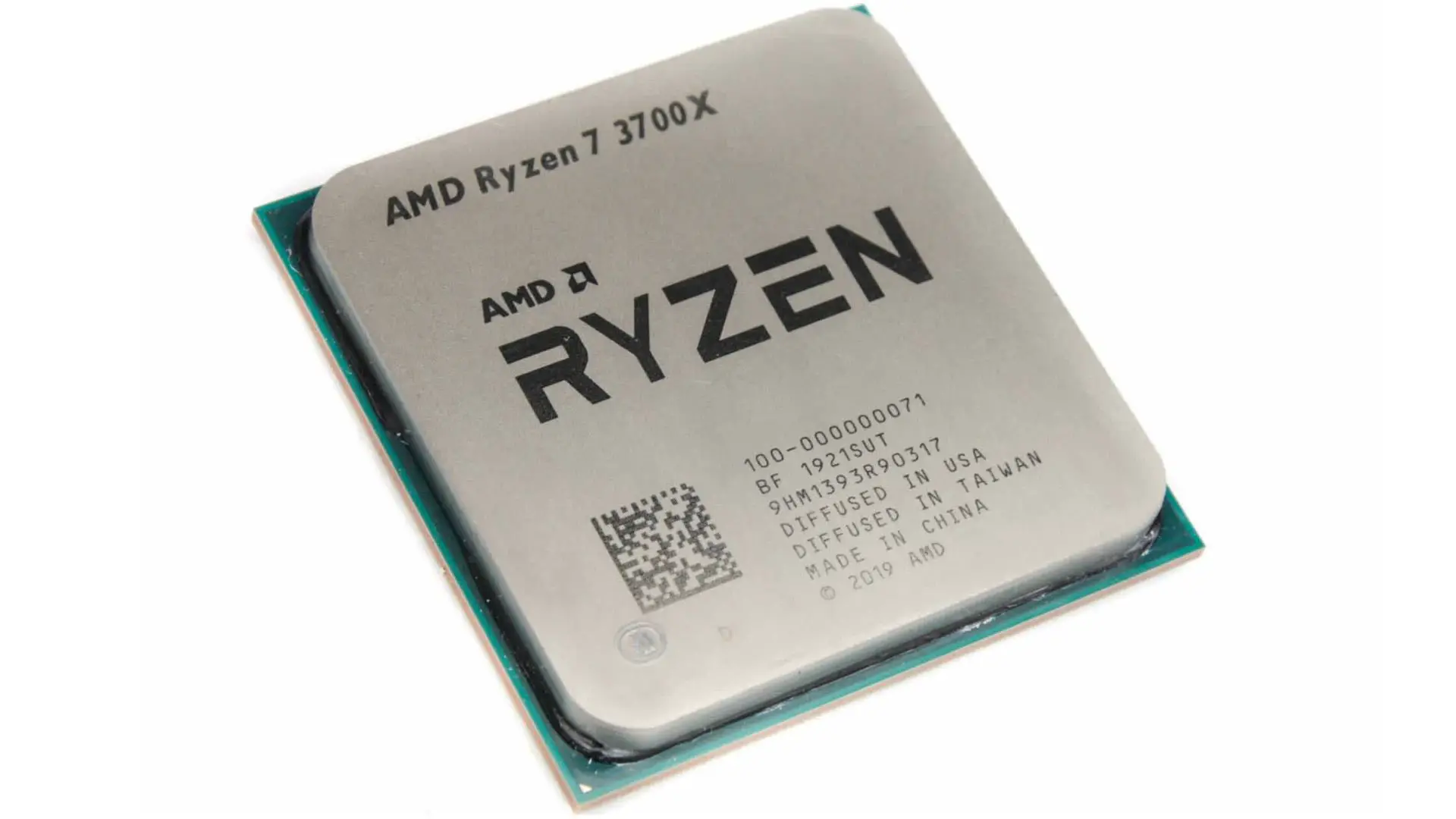
The Ryzen 7 3700X introduces the Zen 2 architecture, the next generation of AMD CPUs. This particular eight-core circuit features a single 7nm CCD, two fully functional four-core CCX clusters, and a novel mixed-node chiplet design. A single 14nm cIOD I/O die, which houses all of the non-core and I/O functions, shares the AM4 socket space with that one CCD.
AMD’s Infinity Fabric interconnect ensures a constant data flow between each separate chiplet.
This collection of silicon chiplets operates contentedly at a base clock of 3.6GHz and can increase to 4.4GHz when necessary. That’s only marginally faster than the Ryzen 7 2700X’s 3.7GHz base and 4.3GHz boost, which raises some concerns about the viability of the 7nm manufacturing process.
You’d be partially correct to believe that based solely on clock speed. Although there hasn’t been a significant increase in clock speed over 12nm parts with this initial generation of 7nm chips—those days are gone—Zen 2 offers more than just increased clock speed.
This chip achieves a delicate balance between quick effectiveness and power efficiency. It really manages to fit inside a 65W TDP being the only X-series processor above the Ryzen 5 3600. All of this is due to the 7nm process node’s substantially higher efficiency compared to its 12nm or 14nm predecessors. This octa-core processor’s total platform power in x264 v5.0 load was merely 148 watts, which is 37% less than what the Ryzen 7 2700X used.
The Zen 2 architecture has been completely redesigned and goes beyond process shrinkage. With Zen 2, AMD has raised IPC by a staggering 15% thanks to several architectural adjustments. Front-end improvements, a twofold increase in floating point speed, and a decrease in the effective latency to memory are notable enhancements.
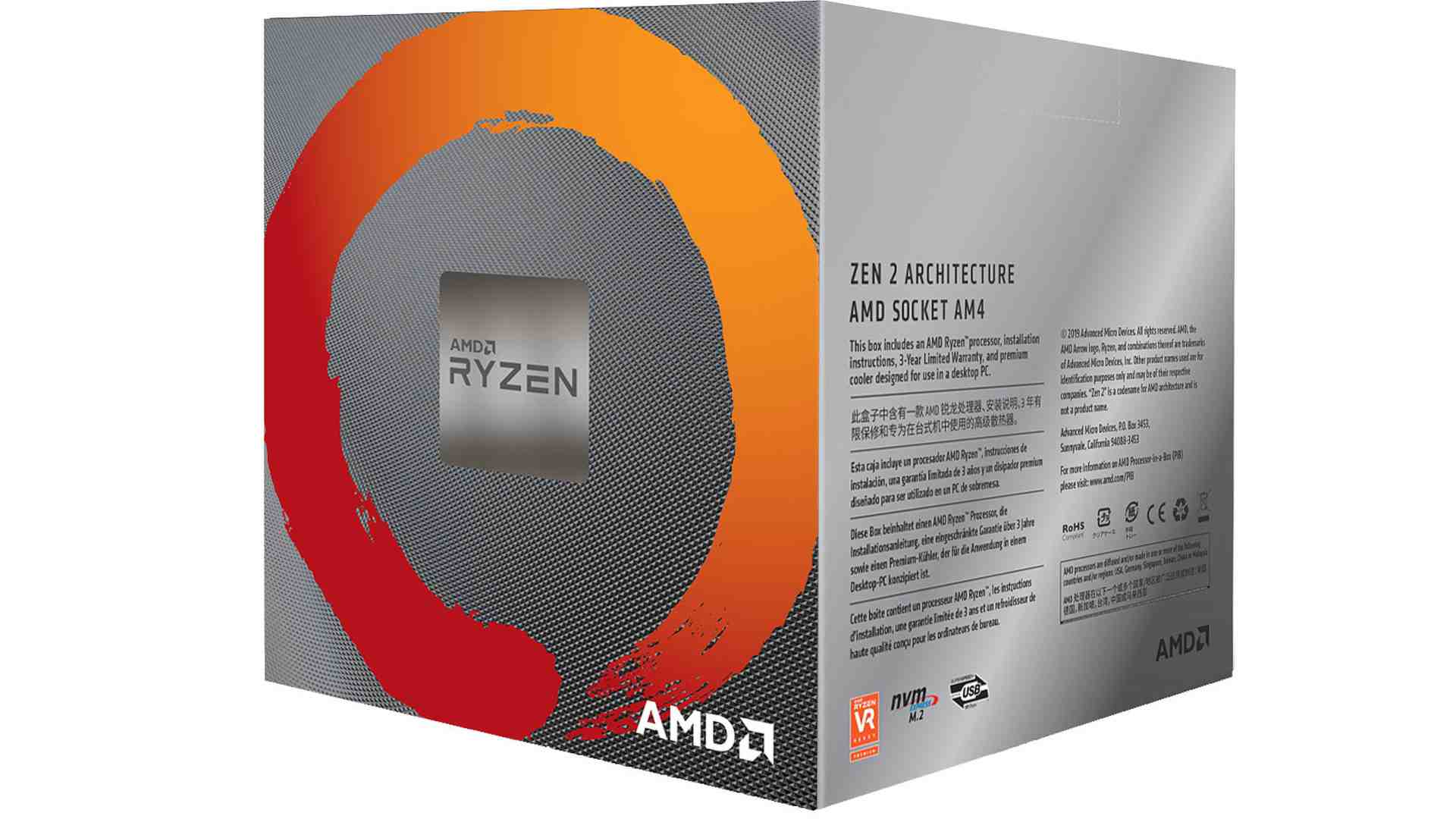
The revamped hierarchy of the cache is one such adjustment. On the surface, the CCX design looks the same, however the L3 cache has been increased compared to Ryzen 2nd generation processors. The Ryzen 7 3700X has a total cache of 36 MB after adding everything up.
With virtually complete parity to the Ryzen 7 3800X, except from a minor decrease in clock speed, it would seem that the less expensive Ryzen 7 chip may pose a threat to its more powerful sister in the hands of anyone with even a passing familiarity with overclocking.
AMD Ryzen 7 3700X Specs
| Platform | Boxed Processor |
| # of CPU Cores | 8 |
| Base Clock | 3.6GHz |
| L3 Cache | 32MB |
| Unlocked for Overclocking | Yes |
| Thermal Solution (MPK) | Wraith PRISM |
| *OS Support | Windows 11 – 64-Bit EditionWindows 10 – 64-Bit EditionRHEL x86 64-BitUbuntu x86 64-Bit |
| Product Family | AMD Ryzen™ Processors |
| # of Threads | 16 |
| L1 Cache | 512KB |
| Default TDP | 65W |
| CPU Socket | AM4 |
| Max. Operating Temperature (Tjmax) | 95°C |
| Product Line | AMD Ryzen™ 7 Desktop Processors |
| Max. Boost Clock | Up to 4.4GHz |
| L2 Cache | 4MB |
| Processor Technology for CPU Cores | TSMC 7nm FinFET |
| Thermal Solution (PIB) | Wraith PRISM with RGB LED |
| Launch Date | 7/7/2019 |
AMD Ryzen 7 3700X Performance & Tests
The AMD Ryzen 7 3700X has a 65W TDP and can do a lot with that relatively low amount of power. With a TDP of 95W, this processor can compete with the Intel Core i9-9900K, a processor that is far more expensive and uses more power.
Our benchmarks serve as the evidence. The AMD Ryzen 7 3700X scored 2,087 points in Cinebench R15 compared to the Intel Core i9-99001,873 K’s points.
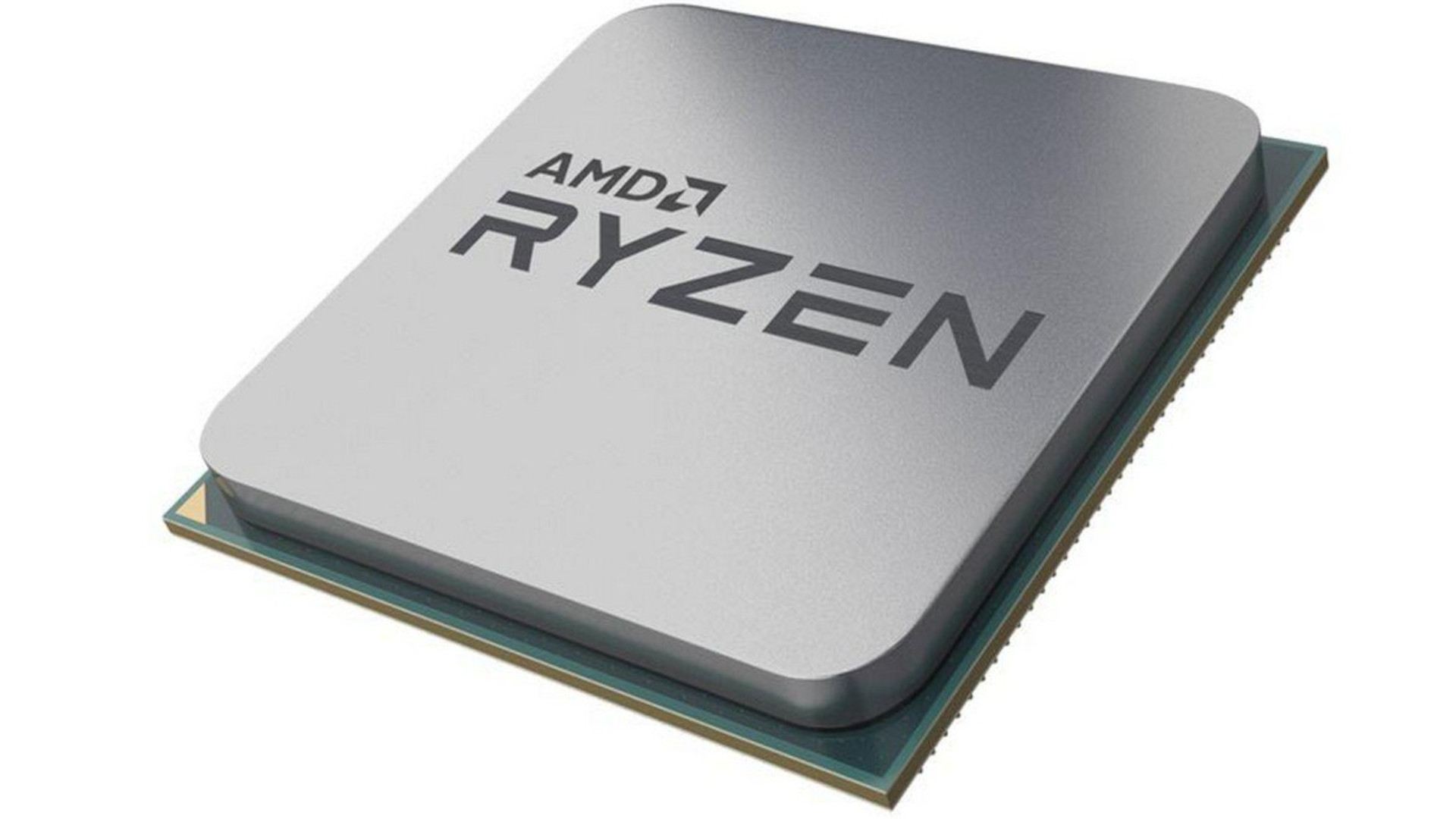
In addition, the Ryzen 7 3700X outperformed the 9900K in the multi-core test with a staggering 34,515 Geekbench score as opposed to 33,173 for the 9900K. The Ryzen 7 3700X, however, lagged behind the 9900K in the single-core test, getting only 5,590 as opposed to 6,333 for the 9900K.
The AMD Ryzen 7 3700X is an absolute beast when it comes to multi-threaded workloads, especially at this pricing point, according to all of this. You’ll notice a performance increase with the Ryzen 7 3700X if you plan to do some video editing or put together a massive Excel spreadsheet.
However, Intel gains an advantage in gaming, but with a narrower margin than before. The AMD Ryzen 7 3700X was able to achieve 118 frames per second in Middle Earth: Shadow of War at 4K, as opposed to the Intel Core i9-9900120 K’s frames per second. By no means is that a significant difference, but it is still a victory for Intel.
However, AMD deserves praise for included the Wraith Spire cooler with the Ryzen 7 3700X. Even during the most demanding tests, the processor temperature was kept around 80 degrees Celsius, despite the fact that it isn’t the world’s most powerful cooler.
Final thoughts on AMD Ryzen 7 3700X
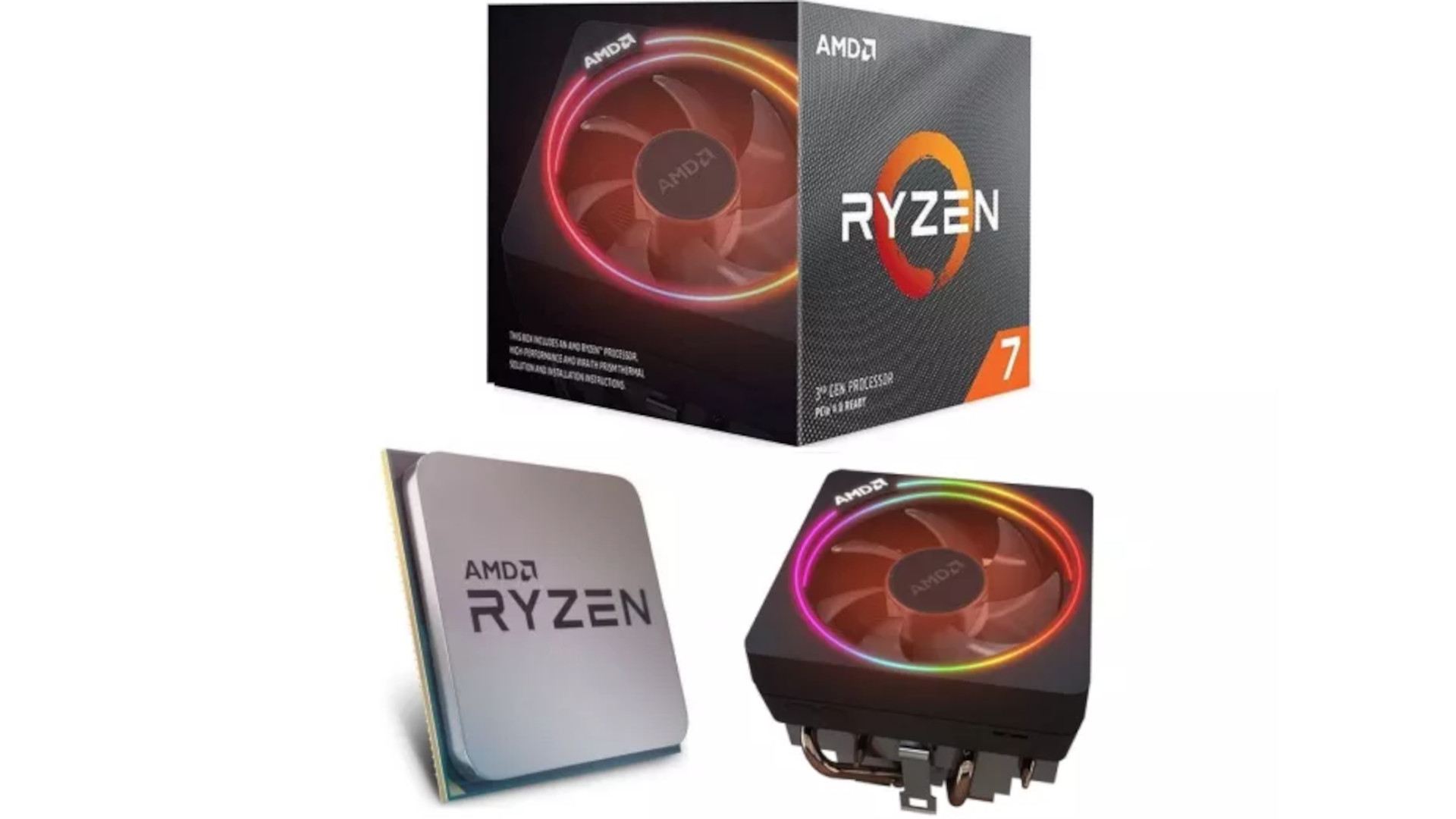
Ryzen 7 3700X has replaced Ryzen 7 2700X, which has been a significant stride in capturing the performance gaming market. AMD has fixed the issues, completely changed its approach to memory support, and created a device that performs well in the same, cost-effective price range as its predecessor.
The ability to trim a few hundred megahertz here and there has also resulted in significant power savings. The Ryzen 7 3700X’s 65W TDP significantly reduces this chip’s thirst compared to its forerunners. And while the tiny reduction in your electricity cost might not be enough to persuade you on its own, that overhead gives overclockers a bit more freedom to maneuver.
However, the processor is still inferior to Intel in terms of gaming at stock. Higher resolutions tighten the gap, but the Intel i7 9700K continues to be superior in terms of pure processing power, which is what games love the most. But AMD achieving nearly competitive performance with a chip that costs less than the competition is impressive, especially given the quick pace at which it did it. That will undoubtedly attract a larger share of the desktop market.
The AMD CPU has the further benefits of PCIe 4.0 and X570. Additionally, the cooler that comes in the package is a bonus that may significantly lower the costs associated with creating your system. AMD and the Ryzen 7 3700X get a big thumbs up on the bargain front.
Is AMD Ryzen 7 3700X worth it?
A solid CPU option for a variety of consumers, AMD Ryzen 7 3700X offered a nice mix between performance and cost. However, it relies on your individual demands and spending plan if it’s worthwhile for you. When assessing the Ryzen 7 3700X, keep the following things in mind:
Performance: The AMD Ryzen 7 3700X is a premium CPU that, as a result of its 8-core, 16-thread arrangement, provides excellent multi-core performance. It excels in multi-threaded applications, 3D graphics, and content production, among other activities.
Gaming Performance: The AMD Ryzen 7 3700X offers good gaming performance even though it is primarily intended for multi-threaded tasks. Its multi-core design can be utilized by the majority of contemporary games, and for gaming, it works well with mid-range to high-end graphics cards.
Price-to-Performance Ratio: As of my most recent update, the AMD Ryzen 7 3700X has a solid price-to-performance ratio, attracting buyers looking for a potent CPU without the hefty cost of high-end CPUs.
The AMD Ryzen 7 3700X uses the AM4 socket, which is appropriate for a variety of motherboards. This implies that you might select a motherboard based on your requirements and price range.
Consider how long you plan to retain your system when future-proofing. The AMD Ryzen 7 3700X has good performance, however since my previous update, other CPU models could have been introduced. Consider a more recent CPU model, such as those based on the Ryzen 5000 series, if you’re searching for a more long-term solution.
Always contrast the AMD Ryzen 7 3700X with other AMD and Intel models that fall inside your price range. To find out how they perform in the particular jobs you care about, look at benchmarks and reviews.
cost and Availability: CPU cost and availability might change, so be careful to verify the state of the market. It’s possible that prices will fluctuate and that new, more affordable CPUs will become available.
In conclusion, those that required a powerful processor for both multi-threaded jobs and gaming should strongly consider the AMD Ryzen 7 3700X. However, whether it’s worthwhile for you will rely on your individual needs, spending capacity, and the accessibility of alternative solutions. Check the most recent benchmarks and evaluations to make sure it still fits your needs and offers excellent value for the use case you have in mind.
Is AMD Ryzen 7 3700X good for gaming?
Gaming, content production, and many other tasks benefit greatly from the exceptional performance of the AMD Ryzen 7 3700X CPU. This processor is a wonderful option for anybody wishing to construct a high-performance PC because it has 8 cores and 16 threads, a fast clock speed, and compatibility for PCIe 4.0.
The AMD Ryzen 7 3700X is a good CPU for gaming, that much is certain. Despite being built to perform well in multi-threaded tasks, it also offers reliable gaming performance. Indications that the Ryzen 7 3700X is appropriate for gaming include the following:
Strong Multi-Core Performance: The Ryzen 7 3700X has 8 cores and 16 threads, making it able to handle multi-threaded work and gaming at the same time. Even while single-threaded speed is what most games rely on, having more cores might let you multitask while playing.
While the AMD Ryzen 7 3700X is an excellent gaming processor, keep in mind that gaming performance is also heavily influenced by your choice of graphics card (GPU) and other system components. Make sure you have a powerful GPU that works well with the CPU to get the greatest gaming experience. Consider the resolution and refresh rate of your gaming monitor as well, since these parameters might affect the degree of gaming performance you require.
Can you overclock AMD Ryzen 7 3700X?
Yes, the AMD Ryzen 7 3700X can be overclocked, and it is known to have some overclocking potential. The following are the general procedures for overclocking this CPU:
1. Make Certain Proper Cooling: Make certain you have a sufficient CPU cooler. Wraith Prism, the standard cooler, can manage light overclocking, but for more substantial overclocks and to keep temperatures under control, choose an aftermarket cooler with higher thermal performance.
2. Use a Compliant Motherboard: Check to see if your motherboard allows overclocking and has the appropriate BIOS options for altering CPU settings.
We were a little underwhelmed with the third AMD Ryzen generation in terms of overclocking. The AMD Ryzen 7 3700X works quite well out of the box and clocks as indicated by AMD, however its overclocking potential was basically non-existent.
Despite the included water cooling, we were only able to overclock the 3700X to 4.3GHz on all cores. We have to increase the VCore to 1.485V to do this. We left it at 4.3GHz in this test since even 4.325GHz with 1.5V was no longer possible. Naturally, the power usage rose as well.
What temperature should an AMD Ryzen 7 3700X run at?
Under normal operating circumstances, the optimal temperature for an AMD Ryzen 7 3700X, like other current CPUs, is normally between 35°C and 75°C.
Here are some suggestions for keeping CPU temps stable:
Ascertain that you have an adequate CPU cooler installed. Aftermarket coolers frequently outperform factory coolers.
To properly disperse heat, ensure that your case has appropriate ventilation using intake and exhaust fans.
Apply high-quality thermal paste to the CPU and cooler to ensure proper contact.
Keep your computer’s surroundings clean and dust-free, as dust accumulation might reduce cooling performance.
Using software tools, keep track of your CPU temps on a regular basis. Consider changing your cooling solution or reapplying thermal paste if you constantly notice excessive temps.
Temperatures can skyrocket when overclocked. If you overclock your CPU, you need be extra cautious regarding temperature monitoring and cooling methods.
How much power does Intel Core AMD Ryzen 7 3700X draw?
The AMD Ryzen 7 3700X power consumption, like that of any CPU, can vary based on a variety of factors such as workload, clock speed, and system setup. However, depending on the CPU parameters, I can give some broad advice.
The TDP (Thermal Design Power) of the AMD Ryzen 7 3700X is 65 watts. TDP is a measurement of the maximum amount of heat that a CPU is predicted to dissipate, and it is frequently used as an approximate estimate of power consumption.
AMD Ryzen 7 3700X
-
Performance - 96%96%
-
Price - 97%97%
-
Value - 97%97%

